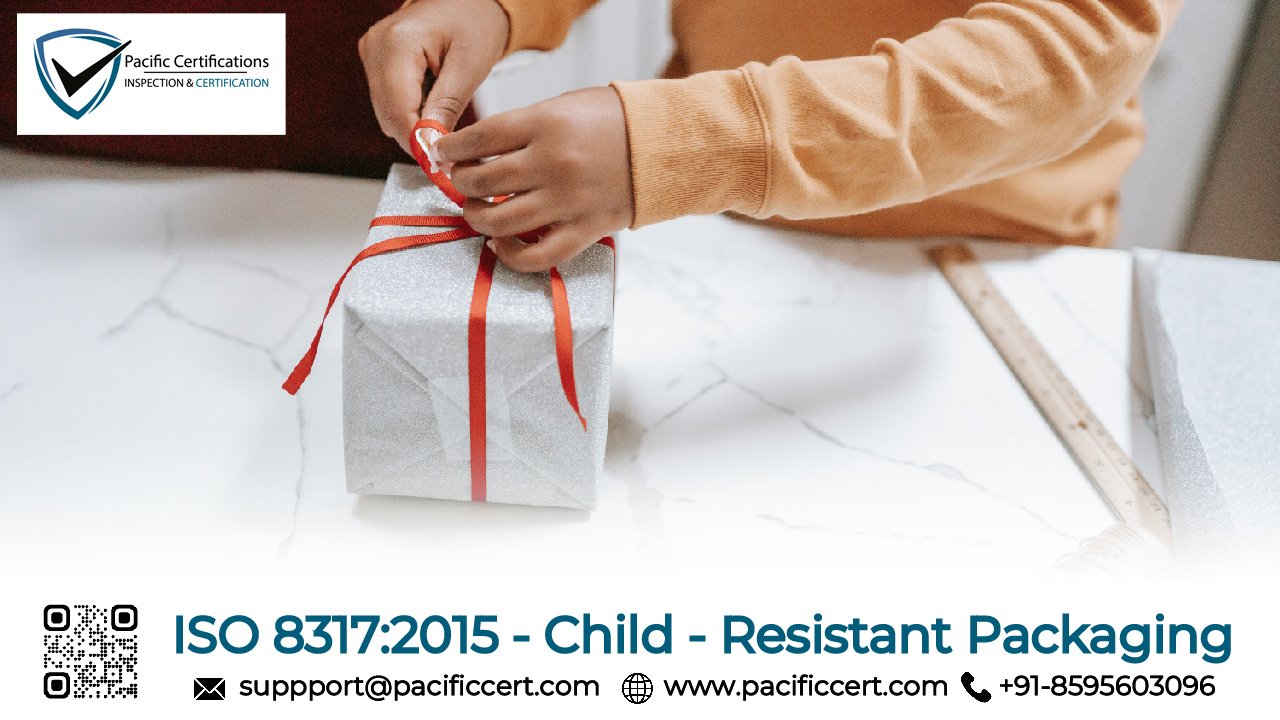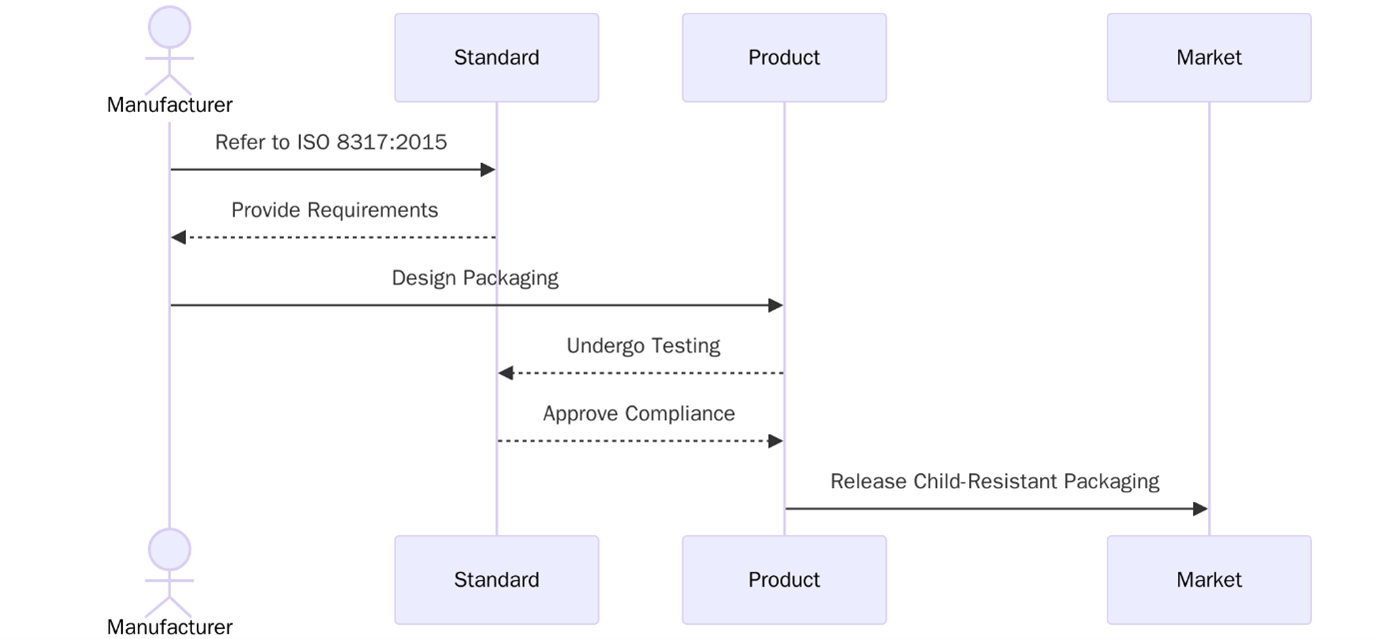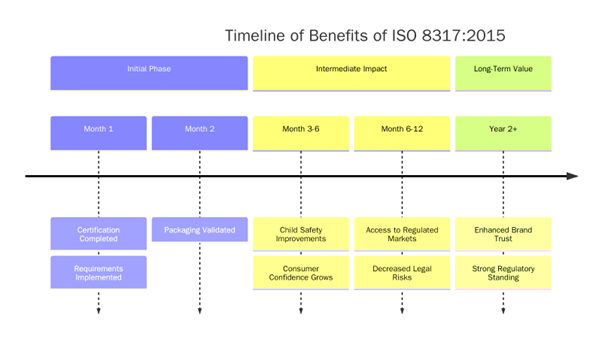
ISO 8317:2015 specifies the requirements and testing procedures for reclosable child-resistant packaging used for potentially hazardous products. This international standard is designed to prevent children from accessing harmful contents while ensuring the package remains accessible to adults, including elderly individuals.
The standard applies to a wide range of consumer products such as pharmaceuticals, household chemicals, e-liquids, cleaning agents, pesticides, and cosmetic items, where ingestion or misuse could cause injury or death. ISO 8317 establishes performance-based tests that evaluate whether packaging is both resistant to child access and reclosable for multiple uses.
If your product must comply with child safety regulations in the EU, U.S., or other global markets, ISO 8317:2015 offers the most widely accepted framework for testing and compliance.
Need assistance with ISO 8317 compliance or certification? Contact support@pacificcert.com
ISO 8317:2015 applies to:

The standard ensures that packaging used for these products meets global child-safety expectations, particularly where regulations mandate child-resistant closures.
Not sure if your product falls under ISO 8317 requirements? Contact support@pacificcert.com for a free consultation!
The primary objective of ISO 8317 is to:
ISO 8317 is often referenced in regional safety regulations, such as:
Canadian Consumer Product Safety Act (CCPSA)
Understanding key terms from the standard is essential:
We help you interpret and apply these terms to your specific product category, email support@pacificcert.com
These rigorous tests are conducted in accordance with ISO-defined procedures to ensure standardization and reliability.
Need testing support through accredited labs? Contact support@pacificcert.com.
Implementation involves a mix of design, documentation, testing, and compliance tracking:
Need help with end-to-end ISO 8317 implementation? Email us at support@pacificcert.com.
To demonstrate compliance with ISO 8317, manufacturers should maintain:

We provide support for ISO 8317 contact us at support@pacificcert.com!

Lately, child-resistant packaging is more than a regulatory requirement, it’s a market differentiator. With increasing incidents of child poisoning due to household products and cannabis edibles, regulators across the globe are tightening packaging mandates.
Key market trends include:
ISO 8317 compliance ensures manufacturers stay ahead of regulatory changes, consumer expectations, and market access barriers.
Want to future-proof your packaging systems? Contact support@pacificcert.com.
We provide full support for ISO 8317 compliance and certification:
Whether you’re launching a new product or updating existing packaging, we help ensure it meets global safety standards.
Start your ISO 8317 compliance project today, contact support@pacificcert.com!
Not by itself, but it is referenced in legislation in many countries, making it the de facto requirement for regulated products.
Children aged 42 to 51 months are used in standardized panel tests.
Yes, it applies to any product requiring child-resistant, reclosable packaging—regardless of industry.
No. For single-use child-resistant packaging, refer to ISO 14375.
You can self-assess, but third-party certification or lab testing is often required by regulators and clients.
Contact Pacific Certifications to begin your certification journey today!
Suggested Certifications –
Read more: Pacific Blogs

Get in touch!
This will close in 0 seconds
Get in touch!
This will close in 0 seconds
WhatsApp us